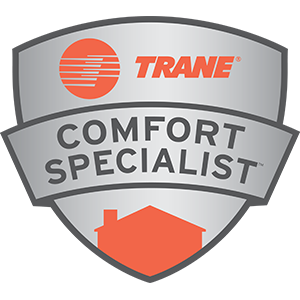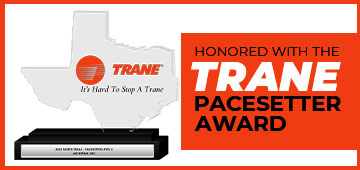Installation and Location of Air Conditioners
Installation and Location of Air Conditioners
If your air conditioner is installed correctly, or if major installation problems are found and fixed, it will perform efficiently for years with only minor routing maintenance. However, many air conditioners are not installed correctly. As an unfortunate result, modern energy-efficient air conditioners can perform almost as poorly as older inefficient models.
Be sure that your contractor performs the following procedures when installing a new central air conditioning system:
- Allows adequate indoor space for the installation, maintenance, and repair of the new system, and installs an access door in the furnace or duct to provide a way to clean the evaporator coil.
- Uses a duct-sizing methodology such as the Air Conditioning Contractors of America (ACCA) Manual D.
- Ensures there are enough supply registers to deliver cool air and enough return air registers to carry warm house air back to the air conditioner.
- Installs duct work within the conditioned space, not in the attic, wherever possible.
- Seals all ducts with duct mastic and heavily insulates attic ducts.
- Locates the condensing unit where its noise will not keep you or your neighbors awake at night, if possible.
- Places the condensing unit in a shady spot, if possible, which can reduce your air conditioning costs by 1% to 2%.
- Verifies that the newly installed air conditioner has the exact refrigerant charge and air flow rate specified by the manufacturer.
- Locates the thermostat away from heat sources, such as windows, or supply registers.
If you are replacing an older or failed split system, be sure that the evaporator coil is replaced with a new one that exactly matches the condenser coil in the new condensing unit. (The air conditioner’s efficiency will likely not improve if the existing evaporator coil is left in place’ in fact, the old coil could cause the new compressor to fail prematurely.)
If you are replacing an older or failed split system, be sure that the evaporator coil is replaced with a new one that exactly matches the condenser coil in the new condensing unit. (The air conditioner’s efficiency will likely not improve if the existing evaporator coil is left in place’ in fact, the old coil could cause the new compressor to fail prematurely.)
Paying attention to your air conditioning system saves you money and reduces environmental pollution. Notice whether your existing system is running properly, and maintain it regularly. Or, if you need to purchase a new air conditioner, be sure it is sized and installed correctly and has a good SEER rating.
Evaporative Coolers
An evaporative cooler (also called a “swamp cooler”) is a completely different type of air conditioner that works well in hot, dry climates.
These units cool outdoor air by evaporation and blow it inside the building, causing a cooling effect much like the process when evaporating perspiration cools your body on a hot (but not overly humid) day. When operating an evaporative cooler, windows are opened part way to allow warm indoor air to escape as it is replace by cooled air.
Evaporative coolers cost about one-half as much to install as central air conditioners and use about one-quarter as much energy. However, they require more frequent maintenance than refrigerated air conditioners and they’re suitable only for areas with low humidity.
Using your Air Conditioner
An air conditioner will cool the air in your home fairly quickly. For economical operation, turn on only when your home is occupied. You may consider installing a programmable thermostat. These allow you to set the time when the air conditioner will turn on, such as 30 minutes before you arrive home from work on a hot day. During the day, keep the drapes or blinds closed on windows that face east, south and west. This will help reduce solar heat gain into your home.
 Skip to content
Skip to content














